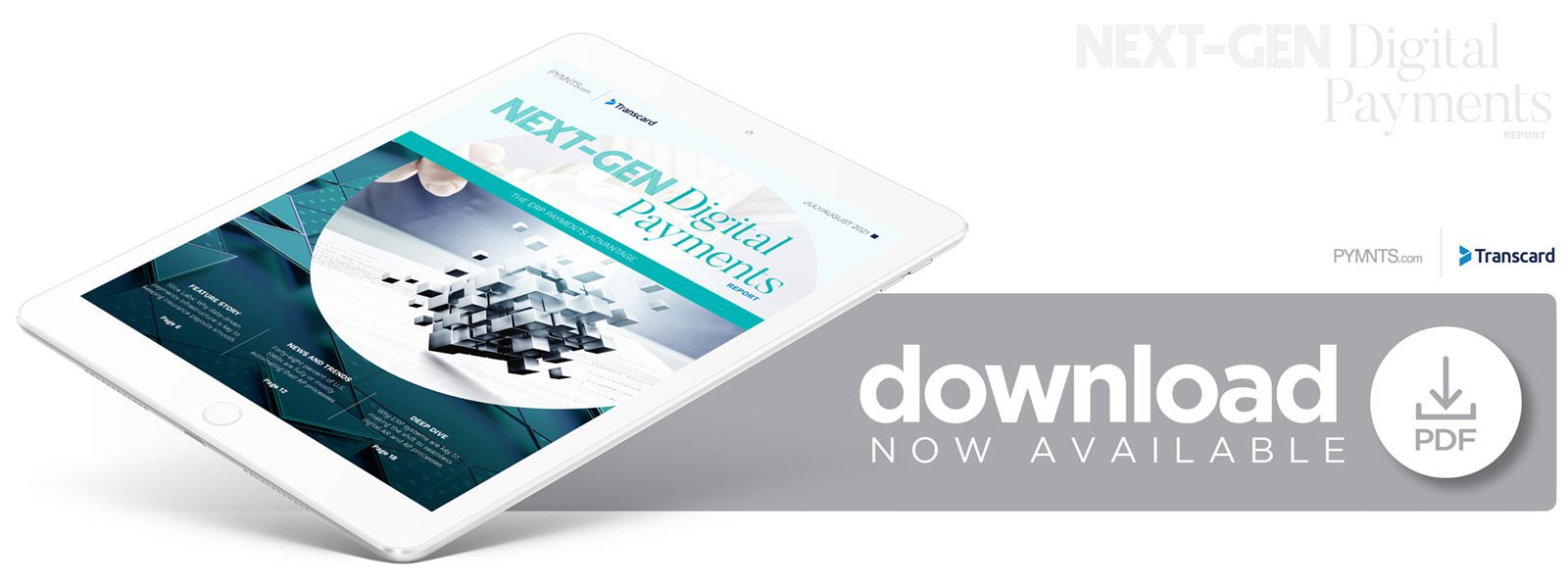Deep Dive: How ERP Systems Can Open The Door For Digital First AR, AP Processes

The events of 2020 pushed businesses in multiple industries to take the next steps in their digitization journeys.
Companies that needed to move their operations to remote working models for most of the past year were motivated to use electronic payment methods, and B2B ACH transactions for supplier payments and other such use cases grew by nearly 11 percent in 2020.
See also: Credit Cards Could Be The Next Big Opportunity In B2B Payments
Approximately 93 percent of U.S. firms with revenues over $25 million annually reported they are in the process of digitizing their accounts receivable (AR) processes as well.
Read more: The Strategic Role Of The CFO
This indicates that B2B payments may be well on their way to becoming fully digital for many companies, but digitization has not been entirely smooth for businesses with less funds or resources at hand. Paper checks still remain integral to smaller businesses’ AR and accounts payable (AP) processes, with one report finding that 70 percent of SMB invoice payments are still made with them.
See also: B2B payments Are moving From High Touch To High Tech
Other businesses that have made the jump to supporting electronic payments still find themselves attempting to smooth out lingering frictions from their manual processes. Many businesses conduct their AR and AP processes by running separate processes or storing data in systems that are often incompatible with one another, leading to friction when information needs to be sent between departments.
See also: Moving Beyond Digital Modernization To True Digital Transformation
Gaining a holistic view of all payments and related data surrounding AR and AP processes as well as aggregating these processes into one place should be a priority as the need for digital transformation intensifies.
The following Deep Dive examines how enterprise resource planning (ERP) systems can enable more seamless B2B payments as well as support more direct forms of payment, such as account-to-account (A2A) transfers. It also explores how these systems can smooth out businesses’ AR and AP processes and details the tools and technologies that can connect to them to do so frictionlessly.
Streamlining Digital-First AR, AP Processes
Company executives have long viewed digitization as something that would be “nice to have” or something to consider in the future years. Two-thirds of CEOs reported they were actually wary of digital transformation inside their companies at the start of 2020. That same number noted they had accelerated their digitization efforts by the summer months, however, indicating that the global health crisis represented a massive change of heart for entities that were still convinced that manual AR and AP processes were sufficient.
This is no longer the case, with 36 percent of companies interested in eInvoicing services reporting this was due to their desire to reduce reliance on manual processing.
Read more: Optimizing AP And AR
Recent PYMNTS data also found that 81 percent of companies with “high technological implementation” are now sending out more invoices digitally, while over 83 percent are receiving more electronic payments now than they did prior to the pandemic.
Read more: AP/AR Automation Takes On Paper Tiger For The Future Of Treasury
A significant number of companies appear to be moving forward on their payment digitization journeys, but making room for electronic B2B payment methods is only the first in a long list of actions businesses must take to ensure their AR and AP processes can run smoothly in a digital-first world.
Firms that have only just migrated away from outdated infrastructure designed for paper must determine how they can change their outdated, manual AR and AP processes to run smoothly through digital channels. Many businesses have unfortunately brought the pain points and complications of manual payments into the digital sphere, relying on multiple digital systems with their own passwords, security checkpoints or payment and remittance formats to complete their AP and AR processes.
Finding solutions that can help businesses reduce these friction points while their virtual AR and AP processes take shape is therefore key. This is where solutions like ERP systems can come into play, allowing companies to consolidate different processes while also making room to incorporate emerging payment methods that can finalize both incoming and outgoing transactions with seamlessness and speed.
How ERP Systems Open the Door for A2A Payments
Businesses seeking ways to smooth out friction points during the transition to electronic B2B payments must find ways to tie together processes that have been siloed for decades. Conducting AP and AR operations with separate teams of employees or through separate systems is becoming increasingly inviable, enhancing the need for interoperability between these departments and the tools they use. Integrating one’s AR and AP processes into ERP systems helps reduce complexities, simplifying employees’ access to data, which can help speed payments.
Connecting these processes to ERP systems can also enable companies to consider the benefits of other payment methods, such as A2A transfers.
Read more: A2A Payments Unlock The Value Of Real-Time Data
A2A payments enable the immediate sending of funds from one entity’s bank account to another’s, speeding up the payments process. More notably, these payments can be conducted across multiple payment networks. This means businesses can make A2A transfers while connecting to The Clearing House’s RTP network as well as to the Federal Reserve’s soon-to-be launched FedNow, for example. The payment method can also be integrated with their ERP and other back-end systems.
This connectivity could represent a key advantage for businesses as the digital-first B2B payments world continues to take shape, enabling companies to support same-day ACH, real-time payments and other electronic payments without having to deal with legacy points of friction. Keeping a close eye on how such solutions and networks can benefit should therefore be top priority for businesses.
